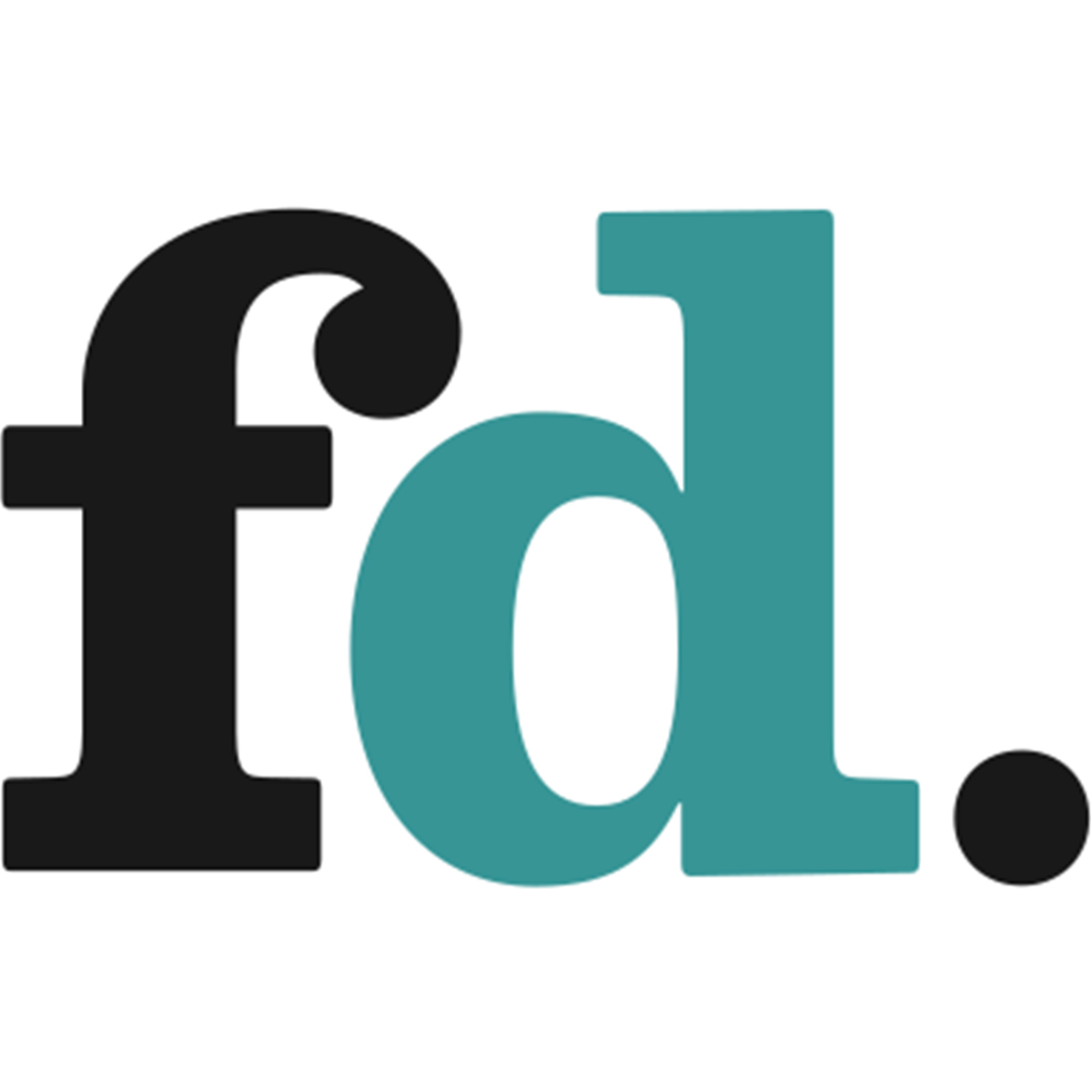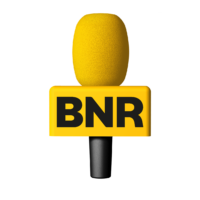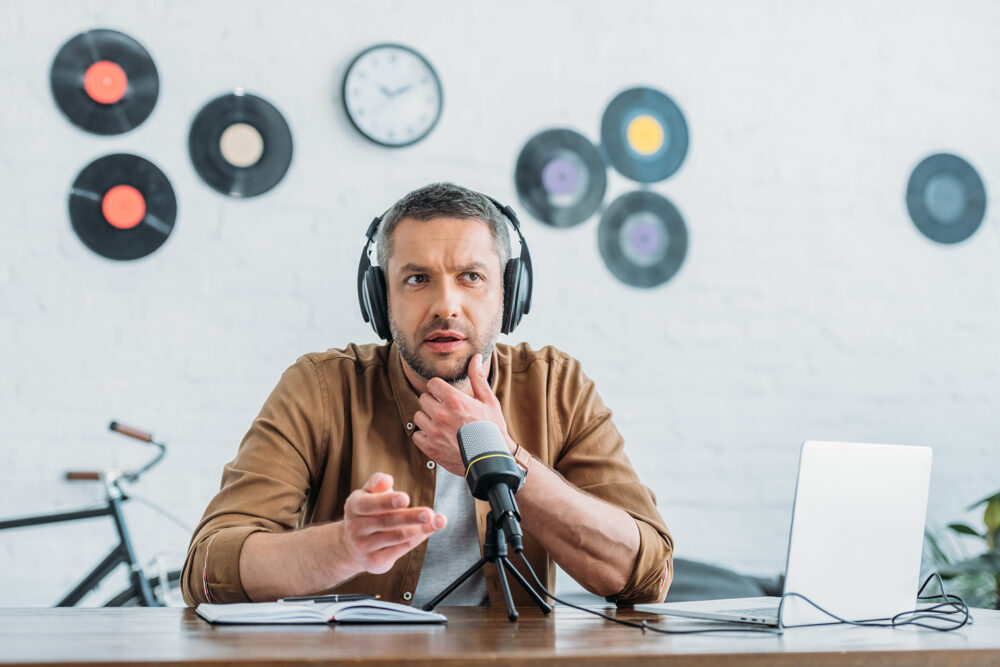
- 23 Nov 2022
The New Way of Listening
January 2023 will see the start of a completely updated listener survey (NLO). From then on, NLO will publish weekly radio figures, increasing the opportunities for strategic planning – for radio stations, media agencies and advertisers. Nevertheless, the changes in the way people listen to radio show all the signs of becoming an irreversible trend.

In recent years, digitisation and measures to combat coronavirus have led to remarkable shifts in audio consumption. Rush-hour peak listening disappeared, drive-time listening ceded ground and online listening grew exponentially. The Dutch population also increasingly began to embrace podcasts. In direct response to these trends, BNR decided to collate all of the different surveys and sources relating to radio. Armed with the results of its analysis, the broadcaster then joined forces with leading research agency Motivaction and commissioned an extensive survey into the listening habits and the profile of all its audio consumers.
This survey revealed the following key insights:
Digital increasingly important
Listeners are increasingly turning to digital. If that trend continues, digital listening will outperform analogue by 2024. Thanks to digital, we are not only reaching a new and younger target audience, but can also reach out to the existing audience in different ways. That, in turn, creates new opportunities for advertisers.
More and different listening times
- All-day listening
As a result of people working at home during the pandemic, the classic rush-hour peaks in listening have disappeared. People are listening much more during the day: at work, on the move and even in the gym and before going to sleep.
- New devices
Digitisation and working from home have also led to increasing numbers of people listening via other devices than traditional radio, such as smartphones, tablets and laptops.
- New types of content
The new listeners listen on demand and have taken control of the dial. They know exactly how to find all new BNR content, such as podcasts and YouTube videos.
- Increasing opportunities for advertisers
The new way of listening means new opportunities for advertisers. First of all, the BNR target audience has grown significantly. It now includes young consumers who spend a lot of time listening to podcasts. Advertisers are now much more able to reach listeners at several different times. And, of course, advertising outside prime time – in podcast ads for example – is significantly cheaper.
In conclusion:
The classic radio spot ad continues to be effective. But as the world becomes increasingly digital, you cannot afford to exclude digital audio from your marketing mix. This new form of advertising actually enables you to reach new target audiences and reach existing audiences even more effectively.
About the survey
The research was conducted to provide advertisers with valuable data and to provide insights into the listening behavior of their target audience. Motivaction surveyed n=1,300 listeners online BNR Nieuwsradio aged 18-67. This gave the size and mutual overlap of these listening groups for eight different forms of listening to BNR Nieuwsradio (FM during the day, FM repeat in the evening, live stream, DAB+, audio on demand, podcast, Spotify and YouTube). Furthermore, the eight forms of listening were compared on background data of the listeners, listening time, listening frequency, listening method (with or without an earpiece), the location, the perception of the content and the listening attention.
Sources: Nationaal Luister Onderzoek (NLO), Motivaction, Brand Metrics, Triton, Google Analytics

Want to stay informed about the latest news?
New cases, great propositions and new insights. Subscribe to the FDMG newsletter and receive all the latest news directly in your inbox.






